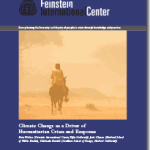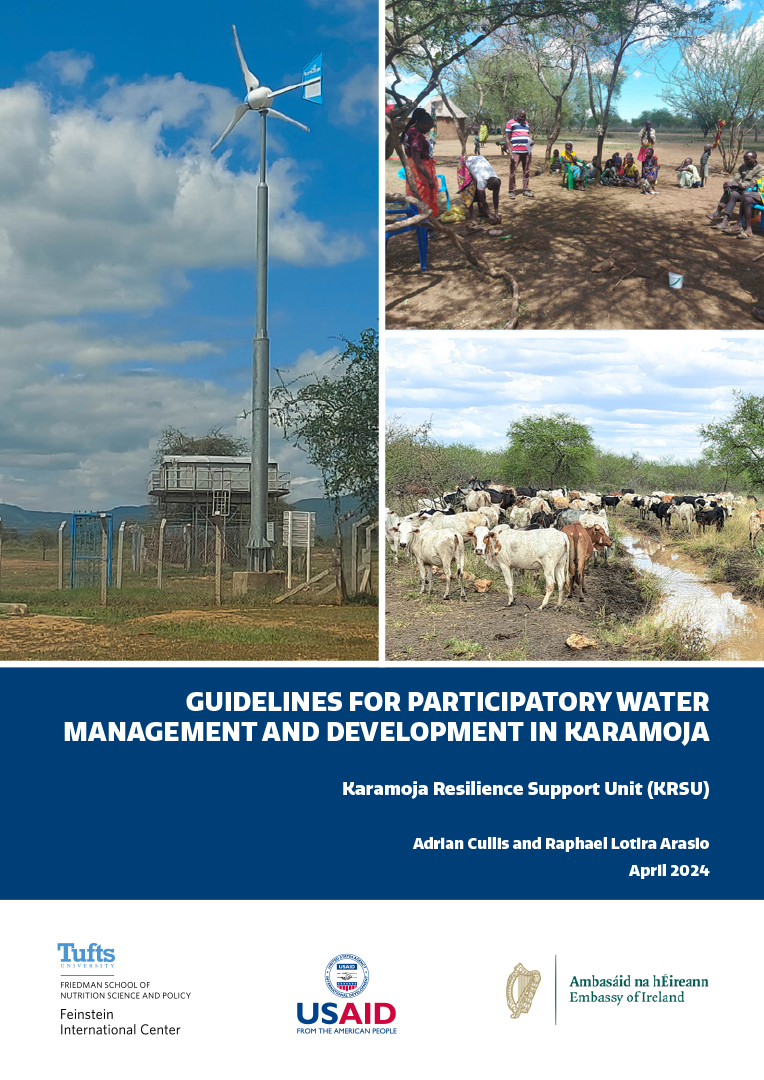This paper explores the relationships between climate change, humanitarian crises and humanitarian response through a review of published and grey literature. We examine the historical evidence for associations between climate change and humanitarian crises, and move on to a brief review of present humanitarian crises directly attributable to disasters triggered by climatological events. Finally, we look at three interrelated aspects of future trends: changing weather patterns, increasing societal vulnerabilities, and shifting demographics. We conclude with some thoughts on the policy and practical implications for the aid community, academia, and donor and crisis-affected states, emphasizing the need to shift from a mindset in which crisis response is exceptional and interventionist to one in which managing crises is seen as the norm, part of sovereignty and internalized within more formal international and national arrangements.
Climate Change as a Driver of Humanitarian Crises and Response

ASSOCIATED PROJECT
SUBJECTS
PUBLICATION TYPE
LOCATION

RELATED PUBLICATIONS
This report outlines an anticipatory insurance product designed to support farmers in the drought-prone regions of Malawi and Zambia.
•
The Guidelines for Participatory Water Management and Development in Karamoja, Uganda, were developed to improve the planning, development, and management of domestic and livestock water sources, using an easy-to-use 3-phase,…
•






